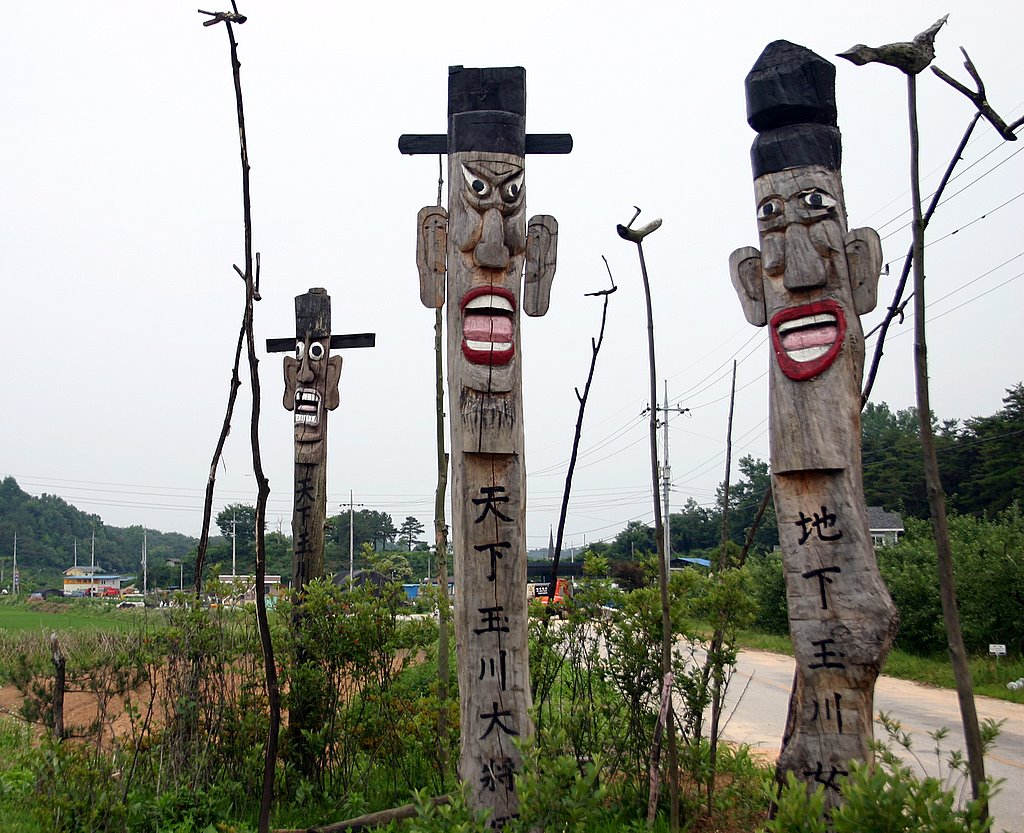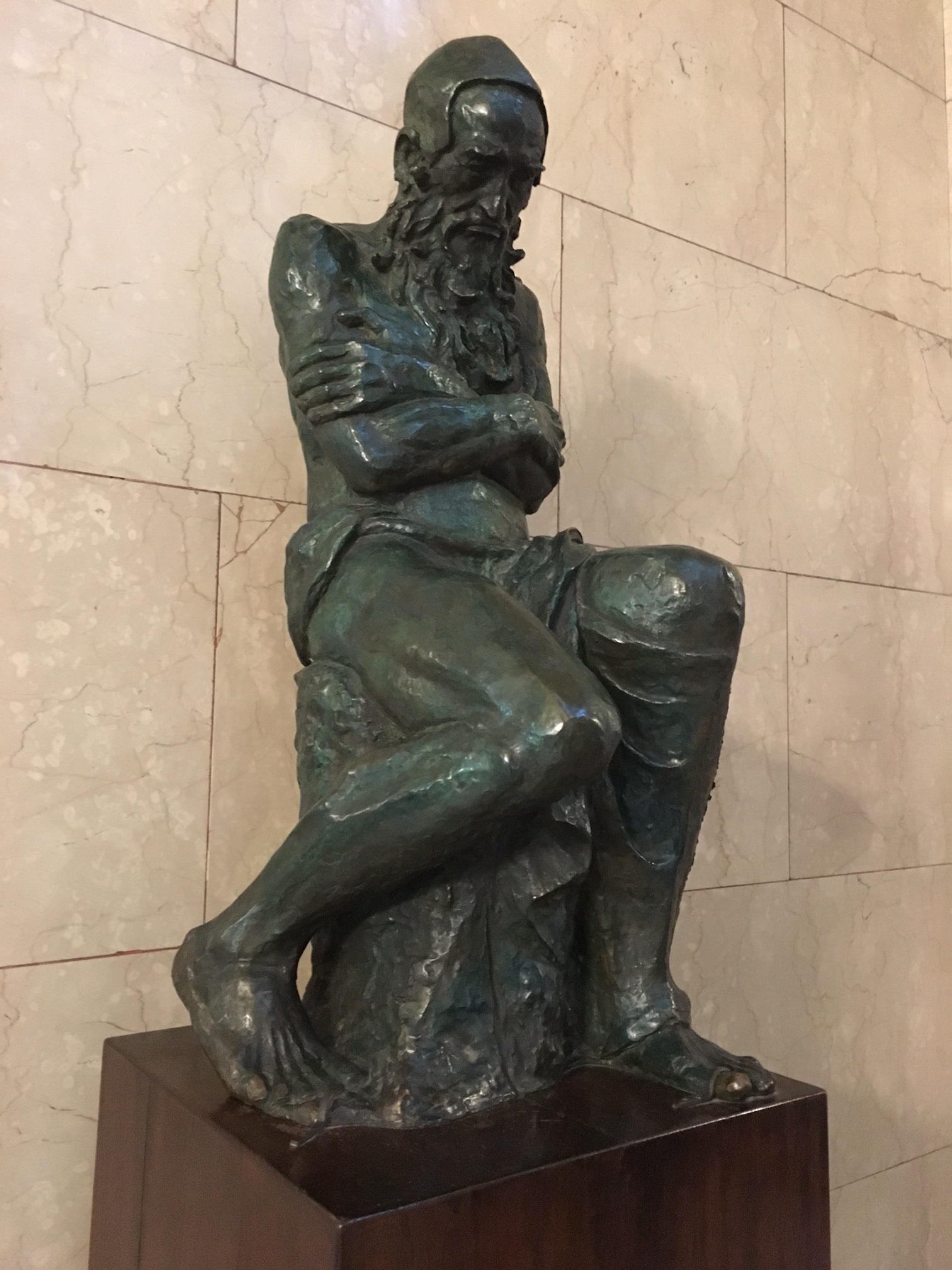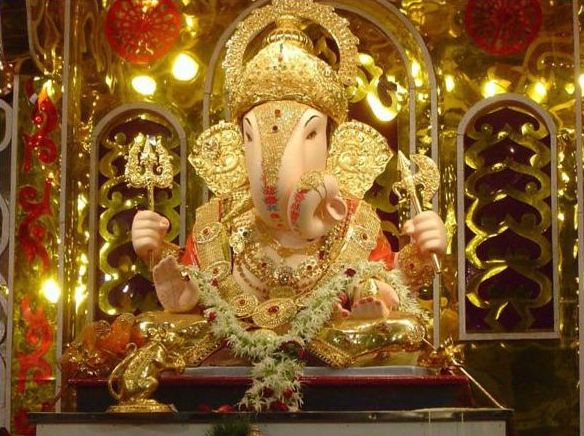|
Ceremonial Pole
A ceremonial pole is a stake or post utilised or venerated as part of a ceremony or religious ritual. Ceremonial poles may symbolize a variety of concepts in different ceremonies and rituals practiced by a variety of cultures around the world. In many cultures, ceremonial poles represent memorials and gravemarkers. In ''The Evolution of the Idea of God'', Grant Allen notes that Samoyeds of Siberia, and Damara of South Africa plant stakes at the graves of ancestors. Ceremonial poles may also be raised during celebrations and festivals, as with Gudi Padwa in Indian State of Maharashtra and the maypole dance in Europe. In some cultures they may represent sacred trees or tools wielded by deities. They may also symbolise the axis mundi or world tree. In religious ceremonies, they may be venerated as idols or representations of tutelary deities. Asia Middle East Levant An Asherah pole is a sacred tree or pole that stood near Canaanite religious locations to honor t ... [...More Info...] [...Related Items...] OR: [Wikipedia] [Google] [Baidu] |
Worship
Worship is an act of religious devotion usually directed towards a deity or God. For many, worship is not about an emotion, it is more about a recognition of a God. An act of worship may be performed individually, in an informal or formal group, or by a designated leader. Such acts may involve honoring. Etymology The word is derived from the Old English , meaning ''to venerate "worship, honour shown to an object or deity'',Bosworth and Toller, Anglo-Saxon Dictionary,weorþscipe which has been etymologised as "''worthiness'' or ''worth-ship"''—to give, at its simplest, worth to something. Worship in various religions Buddhism Worship in Buddhism may take innumerable forms given the doctrine of skillful means. Worship is evident in Buddhism in such forms as: guru yoga, mandala, thanka, yantra yoga, the discipline of the fighting monks of Shaolin, panchamrita, mantra recitation, tea ceremony, ganacakra, amongst others. Buddhist Devotion is an important part of the pra ... [...More Info...] [...Related Items...] OR: [Wikipedia] [Google] [Baidu] |
Tree
In botany, a tree is a perennial plant with an elongated stem, or trunk, usually supporting branches and leaves. In some usages, the definition of a tree may be narrower, e.g., including only woody plants with secondary growth, only plants that are usable as lumber, or only plants above a specified height. But wider definitions include taller palms, tree ferns, bananas, and bamboos. Trees are not a monophyletic taxonomic group but consist of a wide variety of plant species that have independently evolved a trunk and branches as a way to tower above other plants to compete for sunlight. The majority of tree species are angiosperms or hardwoods; of the rest, many are gymnosperms or softwoods. Trees tend to be long-lived, some trees reaching several thousand years old. Trees evolved around 400 million years ago, and it is estimated that there are around three trillion mature trees in the world currently. A tree typically has many secondary branches supported cle ... [...More Info...] [...Related Items...] OR: [Wikipedia] [Google] [Baidu] |
Fire Drill (tool)
A fire drill, sometimes called fire-stick, is a device to start a fire by friction between a rapidly rotating wooden rod (the ''spindle'' or ''shaft'') and a cavity on a stationary wood piece (the ''hearth'' or ''fireboard''). Composition The device can be any of the ancient types of hand-operated drills, including a hand drill, bow drill (or strap drill), or pump drill. The spindle is usually 1–2 cm thick and ends in a dull point. The spindle and fireboard are typically made from dry, medium-soft non-resinous wood such as spruce, cedar, balsam, yucca, aspen, basswood, buckeye, willow, tamarack, or similar. The Native American Indians along the western coast of the United-States traditionally made use of dead wood from the buckeye tree for preparing the fire-board. Principle Whatever the method used to drive the shaft, its lower end is placed into a shallow cavity of the fireboard with a "V" notch cut into it. The primary goal is to generate heat by the friction betw ... [...More Info...] [...Related Items...] OR: [Wikipedia] [Google] [Baidu] |
Folk Religion
Folk religion, traditional religion, or vernacular religion comprises, according to religious studies and folkloristics, various forms and expressions of religion that are distinct from the official doctrines and practices of organized religion. The precise definition of folk religion varies among scholars. Sometimes also termed popular belief, it consists of ethnic or regional religious customs under the umbrella of a religion; but outside official doctrine and practices. The term "folk religion" is generally held to encompass two related but separate subjects. The first is the religious dimension of folk culture (folklore), or the folk-cultural dimensions of religion. The second refers to the study of religious syncretism between two cultures with different stages of formal expression, such as the melange of African folk beliefs and Roman Catholicism that led to the development of Vodun and Santería, and similar mixtures of formal religions with folk cultures. In China, fo ... [...More Info...] [...Related Items...] OR: [Wikipedia] [Google] [Baidu] |
Jeremiah
Jeremiah ( – ), also called Jeremias, was one of the major prophets of the Hebrew Bible. According to Jewish tradition, Jeremiah authored the Book of Jeremiah, book that bears his name, the Books of Kings, and the Book of Lamentations, with the assistance and under the editorship of Baruch ben Neriah, his scribe and disciple. According to the narrative of the Book of Jeremiah, the prophet emerged as a significant figure in the Kingdom of Judah in the late 7th and early 6th centuries BC. Born into a Kohen, priestly lineage, Jeremiah reluctantly accepted his religious calling, call to prophethood, embarking on a tumultuous ministry more than five decades long. His life was marked by opposition, imprisonment, and personal struggles, according to Jeremiah 32 and Jeremiah 37, 37. Central to Jeremiah's message were Bible prophecy, prophecies of impending divine judgment, forewarning of the nation's idolatry, social injustices, and moral decay. According to the Bible, he prophesied t ... [...More Info...] [...Related Items...] OR: [Wikipedia] [Google] [Baidu] |
2 Kings
The Book of Kings (, '' Sēfer Məlāḵīm'') is a book in the Hebrew Bible, found as two books (1–2 Kings) in the Old Testament of the Christian Bible. It concludes the Deuteronomistic history, a history of ancient Israel also including the books of Joshua, Judges, and Samuel. Biblical commentators believe the Books of Kings mixes legends, folktales, miracle stories and "fictional constructions" in with the annals for the purpose of providing a theological explanation for the destruction of the Kingdom of Judah by Babylon in c. 586 BC and to provide a foundation for a return from Babylonian exile.Sweeney, p1/ref> The two books of Kings present a history of ancient Israel and Judah, from the death of King David to the release of Jehoiachin from imprisonment in Babylon—a period of some 400 years (). Scholars tend to treat the books as consisting of a first edition from the late 7th century BC and of a second and final edition from the mid-6th century BC.Fretheim, ... [...More Info...] [...Related Items...] OR: [Wikipedia] [Google] [Baidu] |
Begs The Question
Begging (also known in North America as panhandling) is the practice of imploring others to grant a favor, often a gift of money, with little or no expectation of reciprocation. A person doing such is called a beggar or panhandler. Beggars may operate in public places such as transport routes, urban parks, and markets. Besides money, they may also ask for food, drink, cigarettes or other small items. Internet begging is the modern practice of asking people to give money to others via the Internet, rather than in person. Internet begging may encompass requests for help meeting basic needs such as medical care and shelter, as well as requests for people to pay for vacations, school trips, and other things that the beggar wants but cannot ostensibly afford. Beggars differ from religious mendicants in that some mendicants do not ask for money. Their subsistence is reciprocated by providing society with various forms of religious service, moral education, and preservation ... [...More Info...] [...Related Items...] OR: [Wikipedia] [Google] [Baidu] |
Yahweh (Canaanite Deity)
Yahweh was an ancient Semitic deity of weather and war in the ancient Levant, the national god of the kingdoms of Judah and Israel, and the head of the pantheon of the polytheistic Israelite religion. Although there is no clear consensus regarding the geographical origins of the deity, scholars generally hold that Yahweh was associated with Seir, Edom, Paran, and Teman, and later with Canaan. The worship of the deity reaches back to at least the early Iron Age, and likely to the late Bronze Age, if not somewhat earlier. In the oldest biblical texts, Yahweh possesses attributes that were typically ascribed to deities of weather and war, fructifying the Land of Israel and leading a heavenly army against the enemies of the Israelites. The early Israelites engaged in polytheistic practices that were common across ancient Semitic religion, because the Israelite religion was a derivative of the Canaanite religion and included a variety of deities from it, including El, As ... [...More Info...] [...Related Items...] OR: [Wikipedia] [Google] [Baidu] |
Kuntillet Ajrud
Kuntillet ʿAjrud () or Horvat Teman () is a late 9th/early 8th centuries BCE site in the northeast part of the Sinai Peninsula. It is frequently described as a shrine, though this is not certain. The Kuntillet Ajrud inscriptions discovered in the excavations are significant in biblical archaeology. Kuntillet Ajrud is in the north Sinai; carbon-14 dating indicates occupation from 801–770 BCE, and the eponymous texts may have been written c. 800 BCE. As a perennial water source in this arid region, it constituted an important station on an ancient trade route connecting the Gulf of Aqaba (an inlet of the Red Sea) and the Mediterranean. It was located only 50 kilometers from the major oasis of Kadesh Barnea. Additionally, despite its proximity to the Kingdom of Judah, it has an association with the northern Kingdom of Israel (Samaria): "elements of the material culture such as the pottery, the 'northern' orthography in certain inscriptions, and reference to YHWH of Samaria sugg ... [...More Info...] [...Related Items...] OR: [Wikipedia] [Google] [Baidu] |
Fertility God
A fertility deity is a god or goddess associated with fertility, sex, pregnancy, childbirth, and crops. In some cases these deities are directly associated with these experiences; in others they are more abstract symbols. Fertility rites may accompany their worship. The following is a list of fertility deities. African * Ala, Igbo goddess of fertility * Asase Ya, Ashanti earth goddess of fertility * Deng, Dinka sky god of rain and fertility * Mbaba Mwana Waresa, Zulu goddess of fertility, rainbows, agriculture, rain, and bees * Orie, Ohafia goddess of fertility * Oshun (known as ''Ochún'' or ''Oxúm'' in Latin America) also spelled Ọṣun, is an orisha, a spirit, a deity, or a goddess that reflects one of the manifestations of God in the Ifá and Yoruba religions. She is one of the most popular and venerated orishas. Oshun is the deity of the river and fresh water, luxury and pleasure, sexuality and fertility, and beauty and love. She is connected to destiny and divinat ... [...More Info...] [...Related Items...] OR: [Wikipedia] [Google] [Baidu] |
Cult Object
In the practice of religion, a cult image is a Cultural artifact, human-made object that is venerated or worshipped for the deity, Spirit (supernatural entity), spirit or Daimon, daemon that it embodies or represents. In several traditions, including the ancient religions of Ancient Egypt, Egypt, Ancient Greece, Greece and Rome, and Hinduism, cult images in a temple may undergo a daily routine of being washed, dressed, and having food left for them. Processions outside the temple on special feast days are often a feature. Religious images cover a wider range of all types of images made with a religious purpose, subject, or connection. In many contexts "cult image" specifically means the most important image in a temple, kept in an inner space, as opposed to what may be many other images decorating the temple. The term idol is an image or representation of a god used as an object of worship, while idolatry is the worship of an "idol" as though it were God. Ancient Near East and E ... [...More Info...] [...Related Items...] OR: [Wikipedia] [Google] [Baidu] |
El (deity)
El is a Northwest Semitic word meaning 'god' or 'deity', or referring (as a proper name) to any one of multiple major ancient Near Eastern deities. A rarer form, ''ila'', represents the predicate form in the Old Akkadian and Amorite languages. The word is derived from the Proto-Semitic *ʔil-. Originally a Canaanite deity known as ''El'', ''Al'' or ''Il'' the supreme god of the ancient Canaanite religion and the supreme god of East Semitic speakers in Early Dynastic Period of Mesopotamia. Among the Hittites, El was known as Elkunirša ( ). Although El gained different appearances and meanings in different languages over time, it continues to exist as ''El-'', ''-il'' or ''-el'' in compound proper noun phrases such as Elizabeth, Ishmael, Israel, Samuel, Daniel, Michael, Gabriel (Arabic: Jibra'il), and Bethel. Linguistic forms and meanings Cognate forms of El are found throughout the Semitic languages. They include Ugaritic , pl. ; Phoenician pl. ; Hebrew , pl. ... [...More Info...] [...Related Items...] OR: [Wikipedia] [Google] [Baidu] |









